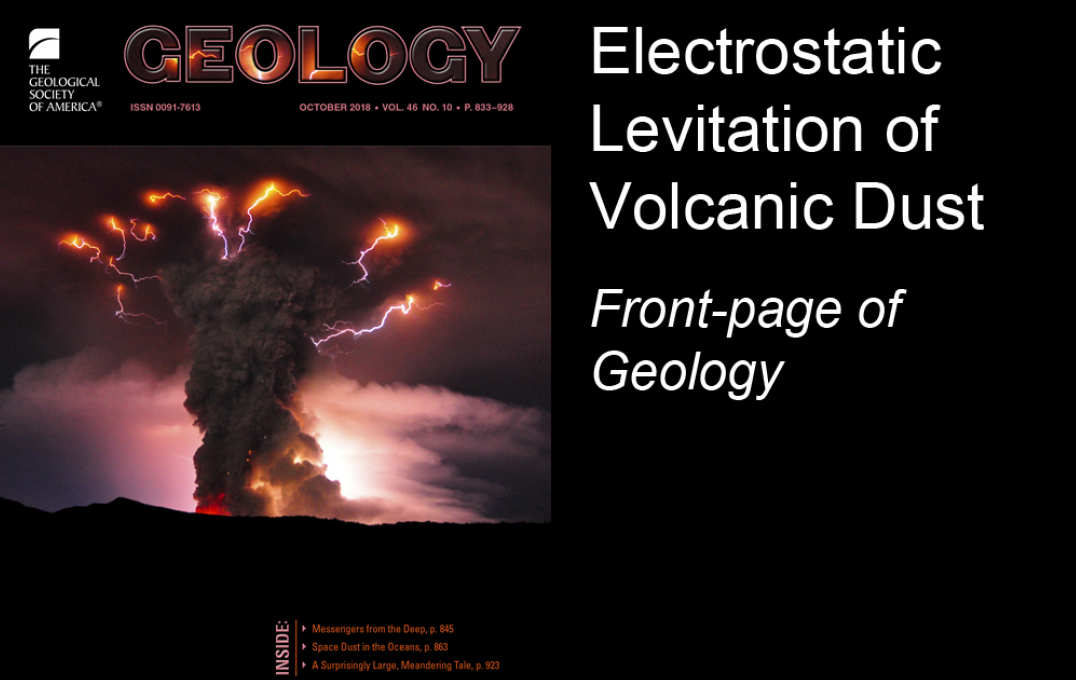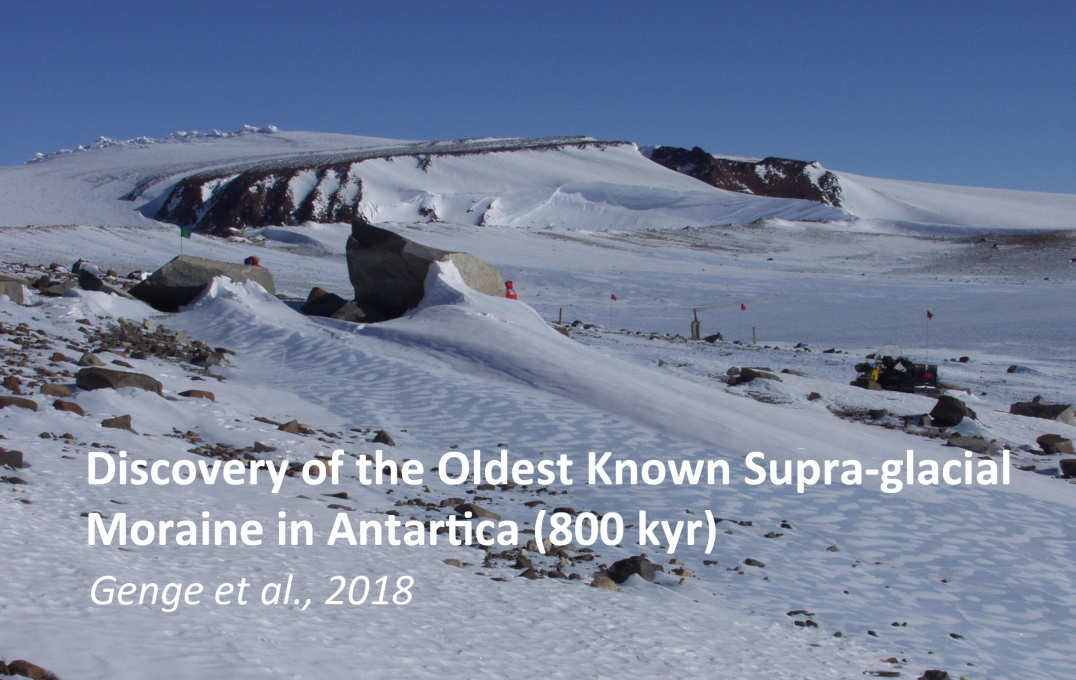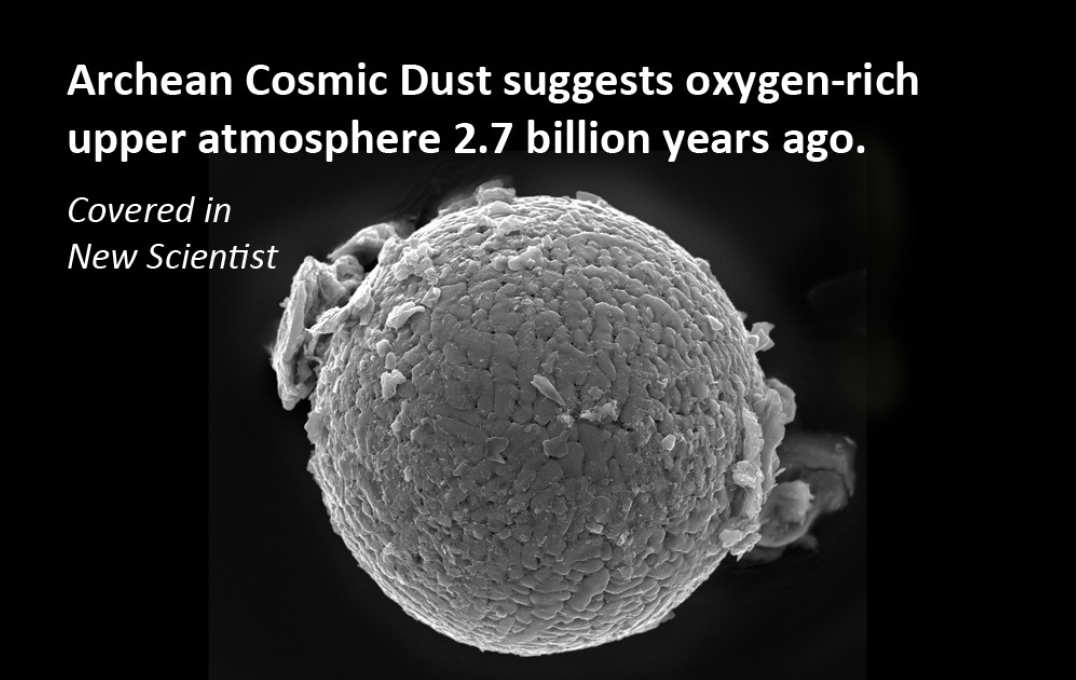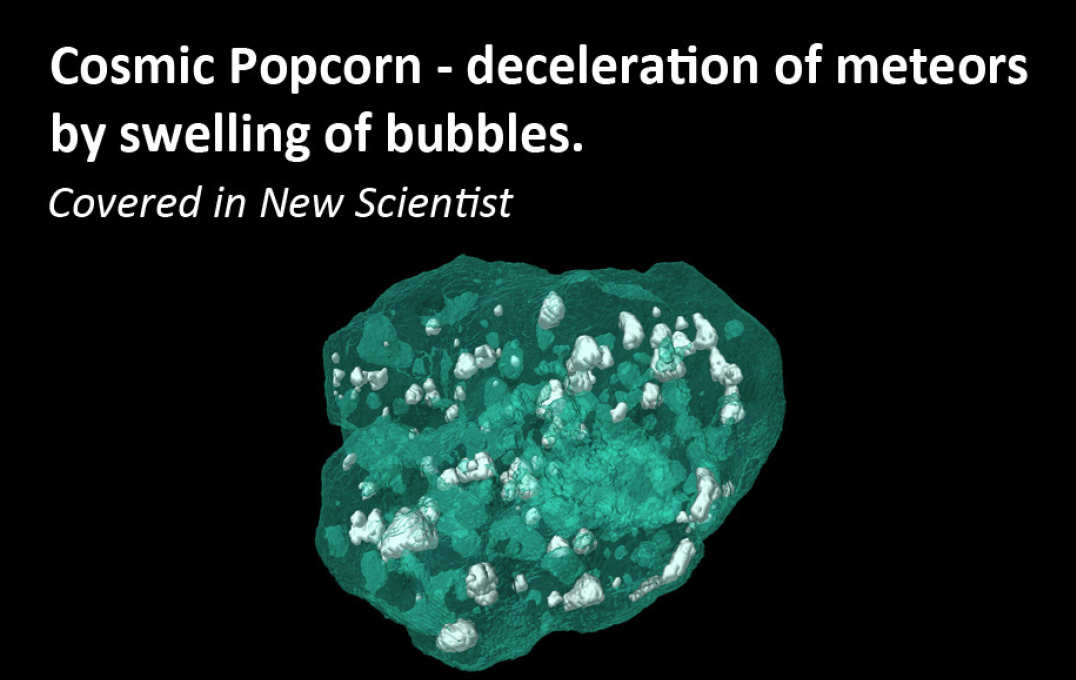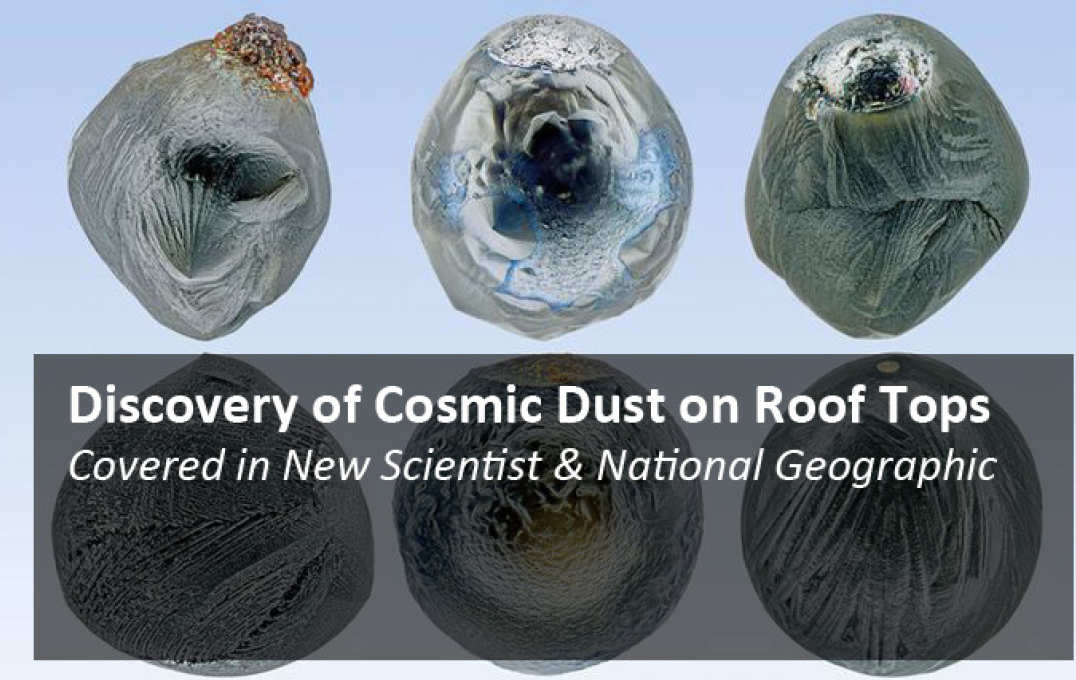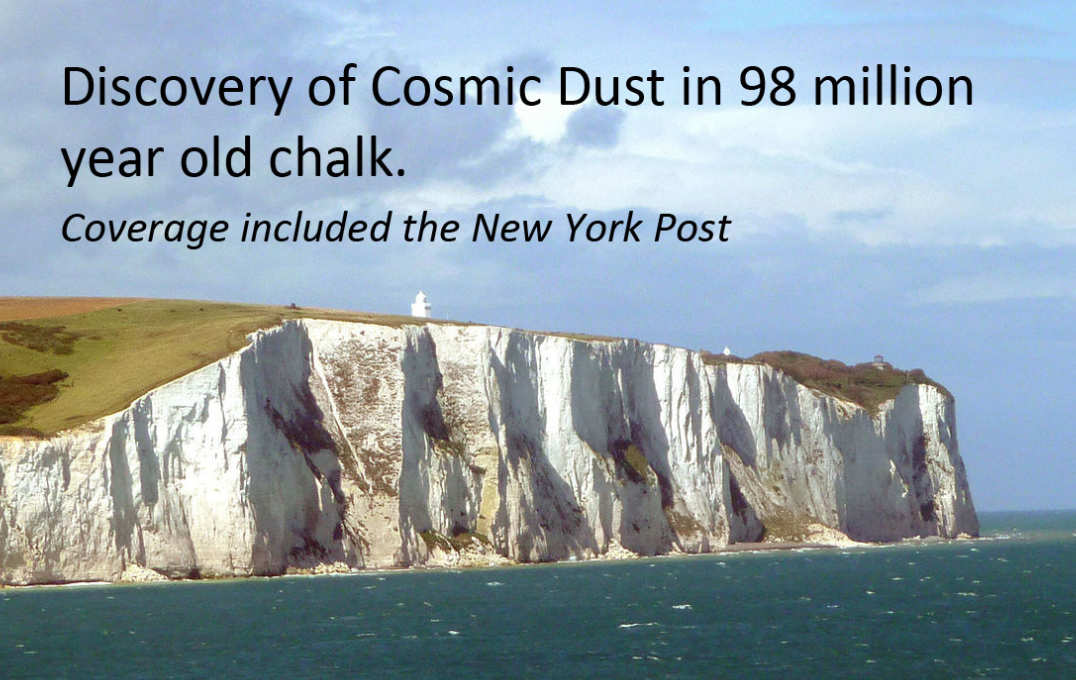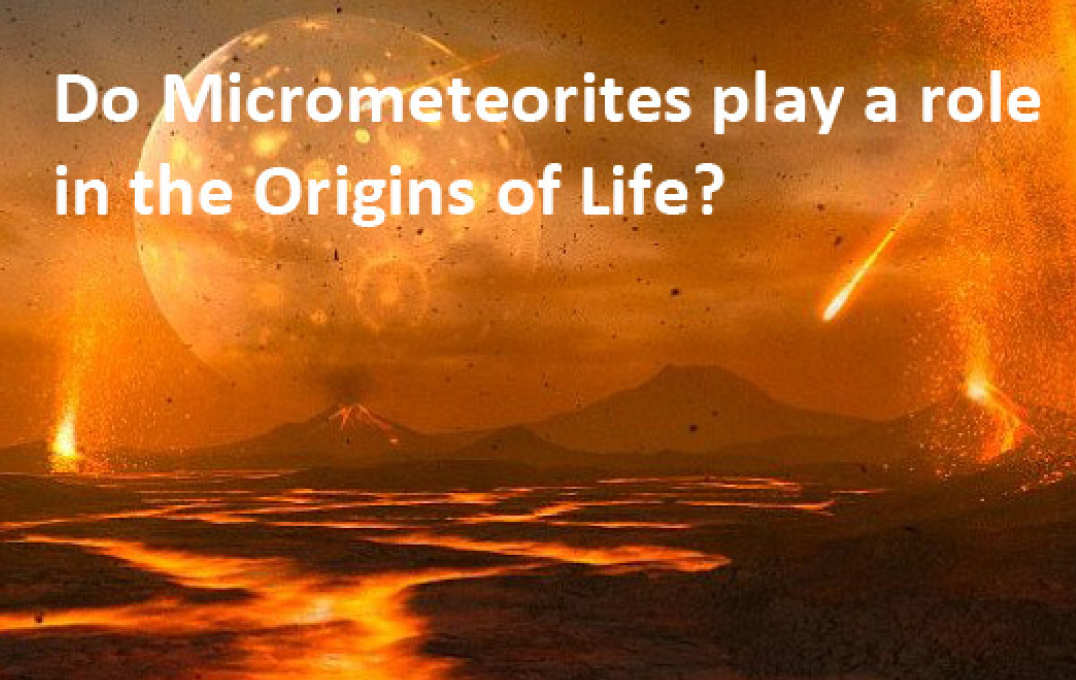Overview
Key research themes are:
Micrometeorites and the Nature of Asteroids and Comets
Extraterrestrial dust recovered is recovered on the Earth's surface as micrometeorites. These particles are all around us and fall at a rate of around 1 m2 yr-1. Micrometeorites are mainly derived from asteroids and comets and provide samples of these ancient objects that are not found amongst meteorites. My research on micrometeorites collected in the Antarctic has helped identify the source asteroids of different micrometeorite types (Genge et al., 2005; Genge, 2005; Genge et al., 2017) and revealed anomalous materials not present amongst meteorite collections (Van Ginneken et al., 2017). Study of the Larkman Nunatak micrometeorite collection at Imperial College provides an opportunity to find and characterise rare micrometeorite types that expand the inventory of solar system materials (Genge et al., 2018). We've also discovered the presence of modern cosmic dust on urban roof tops providing new samples of micrometeorites for study. Asteroids and comets are remnants of the early solar system and the dust-sized samples of these objects help constrain the environment in which our planets formed and the key events that occurred during this crucial epoch.
Recent New Coverage on this research
New Scientist - Urban Cosmic Dust 6 Dec 2016
National Geographic - Urban Cosmic Dust August 2017
Fossil Micrometeorites
Cosmic dust has fallen on our planet throughout Earth history and is preserved within sedimentary rocks. My research group's work has recovered fossil micrometeorites from 98 million year old Chalk in the UK demonstrating that these particles can be collected in large numbers from sediments. These tiny spherules testify to the abundance of extraterrestrial dust falling on Earth throughout geological time and events occurring in the Solar System beyond the Earth. Fossil micrometeorites allow palaeoastronomy - the study of the past dynamics of our planetary system. Together with collaborators at Monash University we've also discovered the oldest micrometeorites to fall on Earth 2.7 billion years ago. These particles contain samples of oxygen from the Earth's upper atmosphere and suggest an oxygen-rich upper atmosphere in the Archean prior to the great oxidation event by photosynthetic organisms (Tomkins et al., 2016 Nature). Fossil micrometeorites, therefore, provide a geological history of the atmosphere 60-90 km in altitude allowing the evolution of the atmosphere to be traced.
Recent News Coverage on this research
New Scientist - Archean Micrometeorites 11 May 2016
New York Post - Cosmic Dust in the White Cliffs of Dover 8 Sept 2017
Atmospheric Entry of Cosmic Dust
Interplanetary dust enters the Earth's atmosphere at velocities >11.2 km s-1 and experience changes in composition and mineralogy owing to heating by the collision of air molecules. My research group performs simulations and experiments on the atmospheric heating of micrometeorites examining both the physics and chemistry of this process. Our models are underpinned by observations of the mineralogies, textures and compositions of micrometeorites recovered from the Antarctic. Recent discoveries have included how spin effects bubble growth in particles (Genge, 2017 MAPS), how the growth of bubbles within particles acts like a parachute decreasing their heating (Genge et al., 2017 GRL) and how fragmentation of crystals within particles reveals the original presence of water within clay minerals (Genge et al., 2017 Geology).
Recent News Coverage on this research
New Scientist - Cosmic Popcorn 1 Mar 2017
Impacts of Asteroids and Comets
Amongst micrometeorite collections spherules produced by melting and evaporation of crustal rocks are found. These microtektites testify to impact events even when the location of the impact crater is unknown. In ancient sediments microtektites may provide the only evidence for impact events since craters can be obscured by erosion or destroyed entirely by subduction. Recently we've shown that microtektites from the 800,000 yr Australasian tektite field are present within the Larkman Nunatak collection. These microtektites are the most distant yet discovered from the likely impact site - although as yet the crater is missing. The compositions of the microtektites, however, allow the general location of the crater to be inferred (Van Ginneken et al., 2018).
Recent News Coverage on this research.
United Press International - microtektites and missing craters 5 Apr 2018.
COSMIC DUST and the origins of life
During the Early history of our planet 4 billion years ago the amount of cosmic dust falling on our planet was tens of millions times higher than today. These particles included organic materials such as amines, ketones and amino-acids that are the building blocks of living things. My research group investigates whether micrometeorites played a role in the origins of life on Earth by delivering prebiotic matter. Our research involves simulations of atmospheric entry, experimental studies of micrometeorite heating and investigation of catalysts within these particles that could accelerate formation of organic matter.
Earth science projects include:
◾The nature of natrocarbonatite eruptions at Oldoinyo Lengai, northern Tanzania
◾The petrology of native iron-bearing basalts from Disko Island, western Greenland
◾Unusual magmatic textures within lamprophyres from northwest Scotland.
◾ Vesicle growth within Ignimbrites
Collaborators
Prof. Monica Grady, PSSSRI, Open University, UK, Micrometeorites
Dr Mike Zolensky, Johnson Space Center, NASA, Team leader, Min and Pet Team, NASA STARDUST
Dr Susan Taylor, US Army Cold Regions Research Centre, Micrometeorites
Dr Donald Brownlee, University of Washington, PI NASA Stardust Mission
Dr Cecile Engrand, University of Paris, Micrometeorites
Dr Ralph Harvey, Case Western University, Ohio, USA, Micrometeorites
Research Student Supervision
Blackhurst,MR, The History of Water on Mars
Chan,HS, Organic molecules in meteorites
Giscard,M, Cosmochemistry of Iron Meteorites
Lewis,J, Organic chemistry of meteorites
Preston,ML, Microbial habitats in geothermal systems: biomarkers for Mars.
Shah,J, Remnant magnetism in meteorites
Stephen,N, Martian meteorites
Suttle,M, Sources of fine-grained micrometeorites
Wilson,A, Martian micrometeorites


